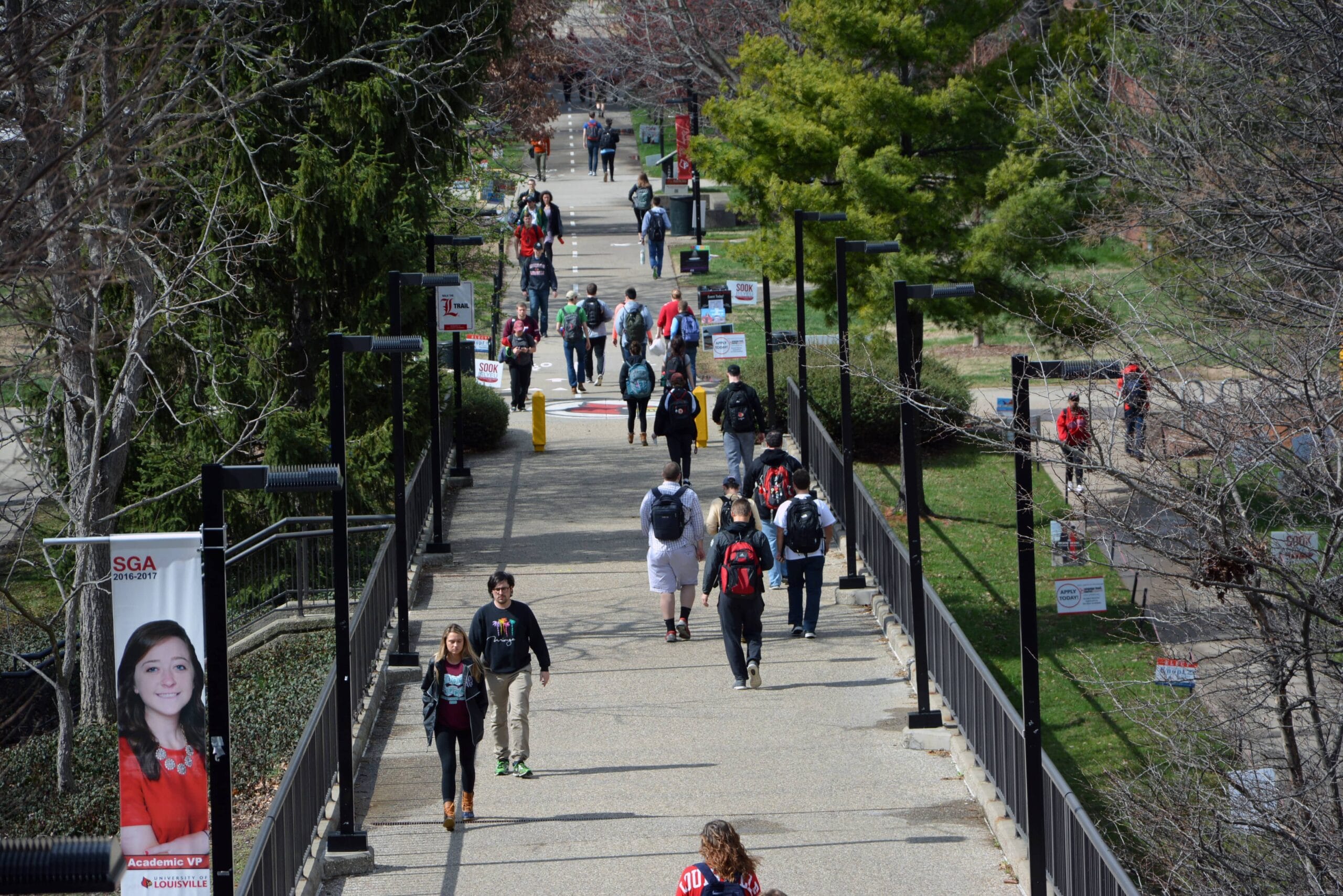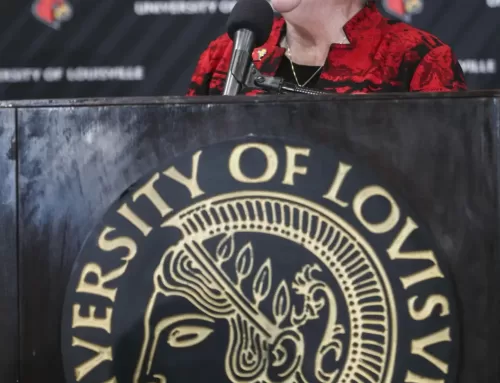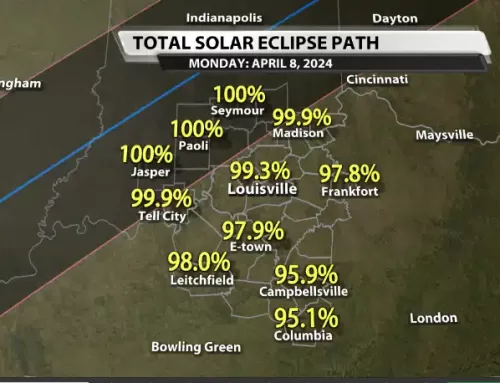By Kyeland Jackson —
Many of the Commonwealth’s students cannot pay their loans, ranking Kentucky fifth in national student default rates.
A new report by LendEDU details the findings, dividing student debt averages and percentages by states, districts and representatives. States surrounding Kentucky, except West Virginia, averaged lower default rates for their students. A default means students have not made payments toward student loans within a year.
Freshmen McKena Alford and Riley Penhorwood withdraw student loans, anticipating thousands in debt when they graduate.
“To be honest, I haven’t really thought about it,” Alford said, referencing how she will pay loans after college.
“I plan on getting a job right after I get my degree, while working on getting my masters so that I can get paid more,” Penhorwood said. “Jobs are not easy to find, especially depending on what your major is, and where you’re going and where you’re living especially.”
Penhorwood, studying special education, pays out of state tuition and anticipates borrowing $90,000 for her three-year program.
“Typically the student that’s going to default is not the people with all that big money. It’s usually the people who started here in college, took out some money – $2,000 or $3,000 – they default on a student loan,” Financial Aid Office Executive Director Sandy Neel said, referencing students who do not finish their degrees.
When a student’s account defaults, it transfers to the federal department of education who can take tax refunds, garnish wages and stop students’ financial aid eligibility to balance debts.
“If it goes as far as when the student’s retired, and in retirement, they can take social security benefits from people,” Neel said.
In Kentucky’s congressional district three, which encompasses Louisville, Shively and Jeffersontown, 57 percent of students graduate with debt averaging upwards of $25,000 according to lendEDU’s research. U of L students comprise more than 75 percent of district three’s students, represented by John Yarmuth. Yarmuth’s policies, compiled in the study, advocate student finances by supporting low loan interest rates, federal refinancing, loan forgiveness and tax benefits.
His default rate in the report is the lowest compared to other Kentucky representatives.
- John Yarmuth – 6.8 percent
- Thomas Massie – 8 percent
- James Comer Jr. – 9.27 percent
- Andy Barr – 10.75 percent
- Brett Guthrie – 11.45 percent
Though Neel said U of L’s default rate is the second lowest, trumped by the University of Kentucky, she explained Kentucky’s high default rates come from poorer areas like eastern Kentucky and the Appalachian area. Financial Aid Office Associate Director Mike Abboud suggests working closely with servicers to reduce chances for default. Servicers can help students defer, postponing payments, or forbear loans, temporarily suspending or reducing payments.
“There’s opportunities of deferment and forbearance, so those servicers are extremely understanding,” Abboud said. “They (students) shouldn’t see the servicer as a collection agency, but more so as somebody who will work with them and is willing to find them opportunities of the various, different kinds of forbearances and deferments.”
Abboud and Neel also recommend students know their loan amounts and anticipate how much money they’ll borrow for their degrees.
“Only about four percent of the population borrow over $100,000 and it’s usually for the advanced degrees,” Neel said. “But students do need to be careful about what they’re going to borrow…You can’t bankrupt it (student loans). You can’t do anything with it. You can’t escape it. It’s going to follow you.”
Read lendEDU’s full report here.
File photo / The Louisville Cardinal




